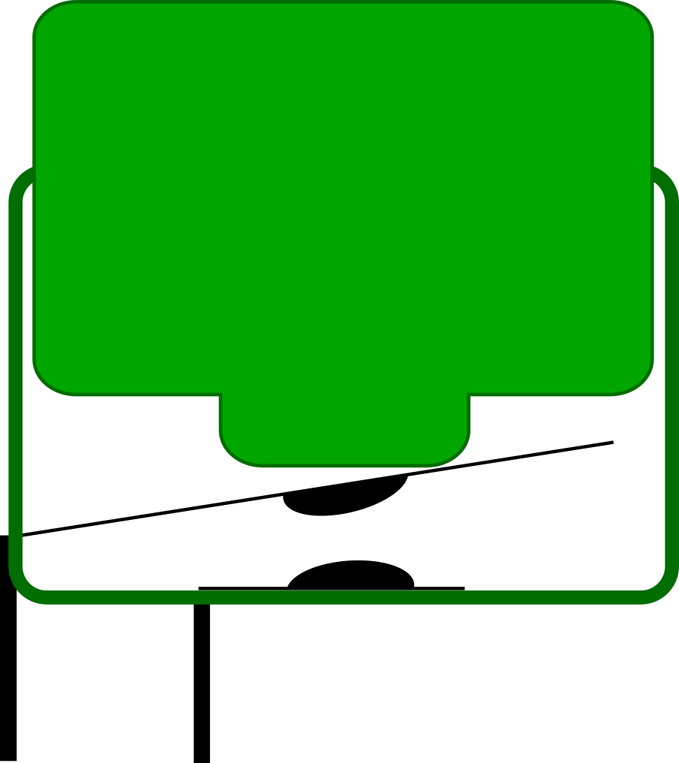Chapter 6. Switches and Relays
6.0 Introduction
Mechanical switches allow the flow of current to be turned on and off by flipping a toggle from one position to another or by pressing a button. They are so simple that they require little in the way of explanation other than to describe the various types of switches available and to highlight their limitations.
Relays long predate transistors as a means of using a small current to switch to a much bigger one. However, their flexibility and separation of the control side from the switching side mean that they are still in use today.
6.1 Switch Electricity Mechanically
Problem
You want to understand how a switch works.
Solution
Switches generally work by mechanically bringing together two metal contacts. Figure 6-1 shows how this might work.
When the push button is pressed, it presses the sprung metal contact at the top to the fixed contact in the base of the switch.

Figure 6-1. The Mechanical Construction of a Push Switch
Discussion
There are several things that can make switching less straightforward than you might expect:
- When switching high voltages there may be arcing (sparking) just before the two contacts connect and even more so when they disconnect. This causes heat and can damage the contacts.
- When switching high currents at any voltage, there is a danger of the contacts spot-welding themselves together as the contact ...
Get Electronics Cookbook now with the O’Reilly learning platform.
O’Reilly members experience books, live events, courses curated by job role, and more from O’Reilly and nearly 200 top publishers.

